By Lim Kar Yee
Not just an effective medium for education and enjoyment, the arts (in its various forms) is also a powerful way to engage communities. In many societies, the creation—and appreciation—of the arts helps develop connections and build trust, and fosters a deeper sense of belonging among its members. Participating in related activities can also contribute to personal growth, whether it’s learning a new skill, improving interpersonal communications, or developing self-confidence.
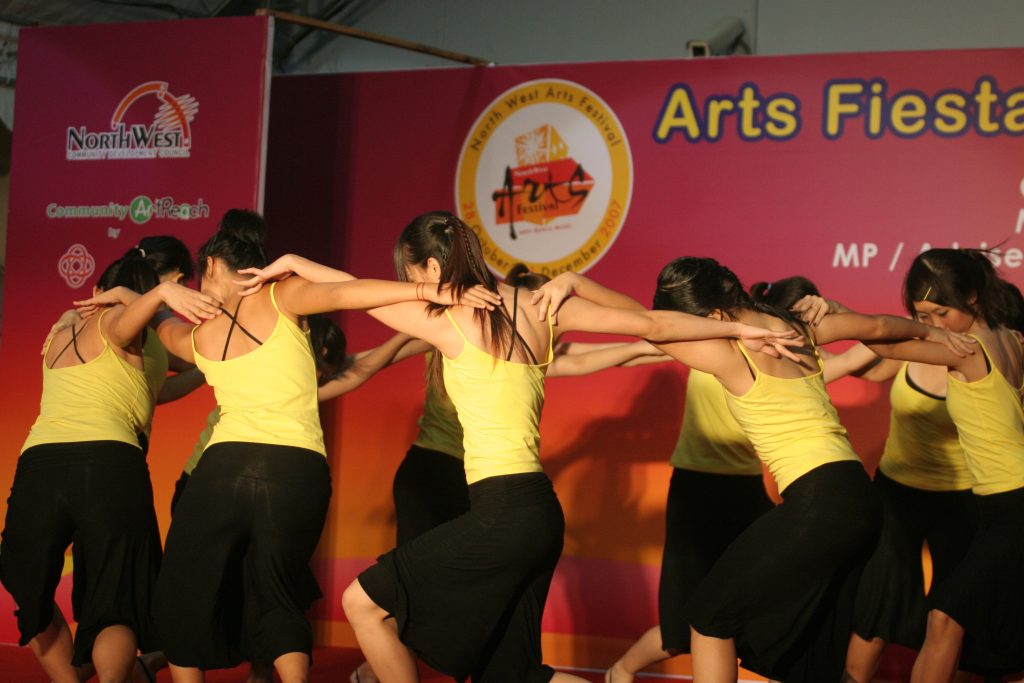
In the National Arts Council’s Report on the Arts and Culture Strategic Review , it emphasised the importance of promoting social cohesion across population segments via arts and cultural initiatives. It further stated its objective to bring the arts to everyone, everywhere and every day; and to build capabilities to achieve excellence. To this end, NAC teams up with the People’s Association (PA)—via its Community Development Councils (CDCs)—to jointly develop community talents, grow arts interest groups and create platforms for community engagement. Over the years, various programmes and initiatives have been rolled out, involving both artists as well as the public.
District Arts Festival
The first District Arts Festival was presented by the North West CDC from 26 November to 31 December 2006. Funded by NAC, this annual event was held across the five districts in Singapore and involved over 100,000 participants. During its six-year run (2006–12), it offered a public platform for school- and Community Club (CC)-based arts groups to showcase their talent. Through DAF, aspiring artists got to connect with professional artists and develop their capabilities, while residents were treated to a variety of visual performances.
District Arts Festival: Quick Facts
* The Central Singapore DAF organised 72 sessions of the Community Life Arts Programme (CLAP!). Promoting arts for all, racial harmony, family bonding and community values, there were performances and arts displays by community artists, arts groups and people with special needs.
* The South East DAF showcased the work of aspiring young fashion designers and held arts performances at the heartlands.
* The North East DAF showcased the Dance Xplosion group and featured over 50 talent groups. About 3,500 district residents got to enjoy various ethnic, cultural, hip hop dance performances. Arts Street @NE also marked one of NE CDC’s efforts to promote social inclusiveness by including the special needs community in the event.
* The South West DAF collaborated with faith-based organisations such as City Harvest Church, Al Mukminin Mosque, Central Sikh Gurdwara Board, The Spiritual Assembly of the Bahais of Singapore and Hai Inn temple on a number of arts-based projects. These included: piecing together 2,107 snapshots of well wishes and smiles on a giant map; creating four Community Arts Pillars (each 2.4 metres high) to mark racial harmony and social cohesion; and Faces of Harmony, where 300 residents and 30 new citizens made racial harmony clay faces.
WeCare Arts Fund
In 2013, the CDCs reviewed their role as a community aggregator, builder and connector. In partnership with NAC, they decided to focus specifically on the arts as a way to uplift vulnerable communities. Both organisations therefore embarked on a new initiative to promote arts-based social inclusion: the WeCare Arts Fund. Launched in 2014 by then Acting Minister Lawrence Wong, the $1.5 million fund aimed to benefit underserved communities, seniors in the activity centres and nursing homes, persons with disabilities and at-risk youth. This three-year collaboration between the CDCs and NAC enabled beneficiaries to participate in arts projects, and in the process make friends and grow in self-confidence. The CDCs, which administered the fund, supported up to $5,000 per project, to enable artists/art groups to work directly with beneficiaries of Social Service Organisations (SSOrgs) through a series of workshops or through co-creation of performances and exhibitions, across all art forms. In 2017, the CDCs and NAC renewed their MOU for another two years, setting aside another $1 million for the WeCare Arts Fund. During her speech at the MOU ceremony-cum-WeCare Arts Exhibition, Mayor Low Yen Ling shared the experience of one of the Fund’s beneficiaries. Ms Judith Teo, a 22-year-old lady with Down syndrome, used to suffer panic attacks when rehearsing for a play about war and refugees. However, with the help and support of her fellow participants, Teo overcame her anxieties and delivered a successful performance at the Esplanade Theatre over two days.
At the WeCare Arts Exhibition, held in conjunction with the 20th Anniversary of CDCs, the works of beneficiaries were showcased. The following is a quick summary of their exhibits.
CENTRAL SINGAPORE CDC Project VIBE
By seniors and volunteers from Bright Vision Hospital; conceptualised and led by Lisan Denise Chng
This project used mosaic art—such as colours to reflect emotions, memories and personal stories—to engage participants and spark conversations. The elderly patients discussed with volunteers the processes and choices in the art-making, while they created individual mosaics that contributed to a collective whole. Besides benefitting from the therapeutic effects of socialisation, the seniors learned how to immerse in the flows and rhythms using tesserae (pieces of tiles). The individual pieces were then assembled to form a larger harmonious ensemble, making up one heartbeat.
NORTH EAST CDC The More We Get Together, The Happier We’ll Be
By seniors from Jia Ying Senior Activity Centre & youth volunteers from Serangoon Secondary School; conceptualised and led by Mary Bernadette Lee
A home is not just made up of its inhabitants; it also contains their dreams, memories and imagination. It is the first place we know when we are born, and where, over time, we grow closer to those with whom we share the space. A home is where there is room for conflict, reconciliation, negotiation and growth. Over seven workshop sessions facilitated by artist Mary Bernadette Lee, seniors from Jia Ying Senior Activity Centre and the youths from Serangoon Secondary School explored what “home” meant to them through understanding the concepts of space, place and community. Through guided discussions and working together, both the elderly and young people found new ways of seeing, experiencing and understanding each other. Together, they created sculptures made of papier-mâché and found-materials from home.
NORTH WEST CDC Telling Our Stories
By seniors from SilverCOVE—NTUC Health; conceptualised and led by Objectifs
Using photography, seniors were encouraged to create a meaningful visual stories to share with their friends and family. Their pictures offered a glimpse into their lives and their deep connection with their neighbourhoods. Over the course of seven photography workshops, they learned basic technical and compositional skills, as well as the fundamentals of different photography genres (e.g. street, food and portraits). As part of their training, they also went on guided shoots in the area to apply their new skills and knowledge. Besides getting to document visual stories, these photography workshops gave elderly participants the chance to make new friends and explore their surroundings in new and different ways.
SOUTH EAST CDC Interwoven Lives
By seniors from Thye Hua Kwan Moral Charities—Bedok Radiance Senior Activity Centre; conceptualised and led by Alexandria Neoh
In this project, elderly participants wove yarn and fibres to create a beautiful tapestry of stories, inspired by their personal reflections and self-discovery. Over eight sessions, they learned how to operate customised weaving looms with larger grooves to apply various weaving and embellishment techniques, such as the plain weave, rya knots and pom poms. After mastering the basic techniques, the seniors were given a wide variety of yarns and fibres to create a personal artwork. They were led through a reflective process of developing their ideas and encouraged to work intuitively towards the final outcome. The artworks were then pieced together like a jigsaw puzzle, purposefully placed such that every piece was woven and interconnected.
SOUTH WEST CDC Reminiscing the Good Old Days
By seniors from St Luke’s ElderCare; conceptualised and led by Joanne Lio
Through the use of mixed media art (paper, clay, printmaking, weaving), the seniors had a multi-sensorial, participatory experience. Held over eight sessions, participants shared their personal stories through their art-making, and were involved in activities designed to encourage creative engagement and boost psychosocial and cognitive well-being. For instance, they visited the National Museum of Singapore to stimulate their recollection of the past, and were invited to discuss their favourite foods, personal sentimental items, animals and plants relating to their past and present. At the end, the elderly participants were empowered to create authentic pieces of art that expressed their identities. Their works included printmaking stamps, clay relief of animals, and collaborative clay work featuring heritage snacks.
Through initiatives like DAF and WeCare Arts Fund programmes, we can glean some important observations and learning points, namely:
* Community Aggregating Is Vital: It is not easy for artists, arts talents, arts groups, SSOrgs, or funders to navigate in the complex social development landscape and forge equitable and successful partnerships. The CDC plays a vital role as a familiar community aggregator on the ground, and can help the various parties open doors, broker partnerships, aggregate resources, and more generally rally like-minded individuals together to address common needs. Having a community aggregator therefore greatly boosts the success rate of community arts programmes.
* More Important than “How” Is the “Why”: The arts is a powerful tool for building social capital and social inclusion—but it is only effective insofar as all partners understand why they are doing what they are doing. The raison d'être must be one of the first things agreed upon: with more stakeholders involved, the more complex the initiative will be, but the why will be the glue that binds.
* Community Ownership Means A Lot: Not only is it important to participate in the various programmes, having a sense of ownership in the process will give community stakeholders meaning and value in what they do, and ensure sustainability.
* It Has to be Win–Win: For viable and long-term collaborations, all parties need to know they’ve entered a “win–win” situation. To begin with, the project mission and community needs must be in sync and aligned across stakeholders. Although not everyone will desire exactly the same outcomes, the various parties—artists, SSOrgs, government agencies, grassroots organisations, educational institutions, corporates and beneficiaries—must jointly create a shared vision for the partnership.
Acknowledgements
I have been working with Ms Chua Ai Liang, Senior Director (Engagement and Participation, National Arts Council) on DAF and WeCare Arts Fund initiatives since 2005. I would like to thank her and the NAC team for their strong support and great partnership with the CDCs. For more details on how SSOrgs can apply for the “WeCare Arts Fund”, please contact Ms Lee Zhong Hua, at Lee_Zhong_Hua@pa.gov.sg
All images courtesy of the People’s Association.
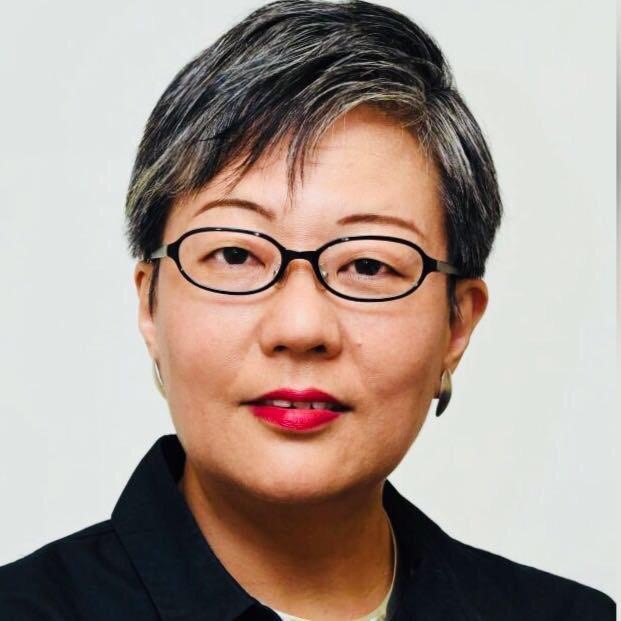 |
Lim Kar Yee is Senior Director at People’s Association and a member of the Singapore Scouts Council. She sits on the Singapore Environmental Council School Green Award Committee and volunteers with Jamiyah Singapore. She can be reached at Lim_Kar_Yee@pa.gov.sg |




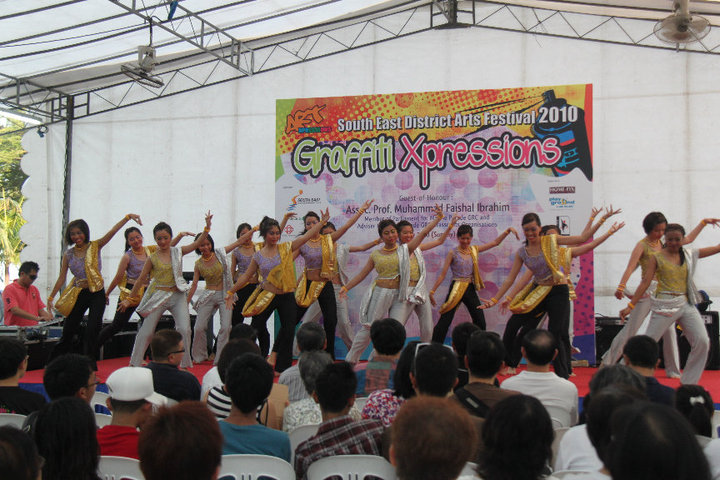
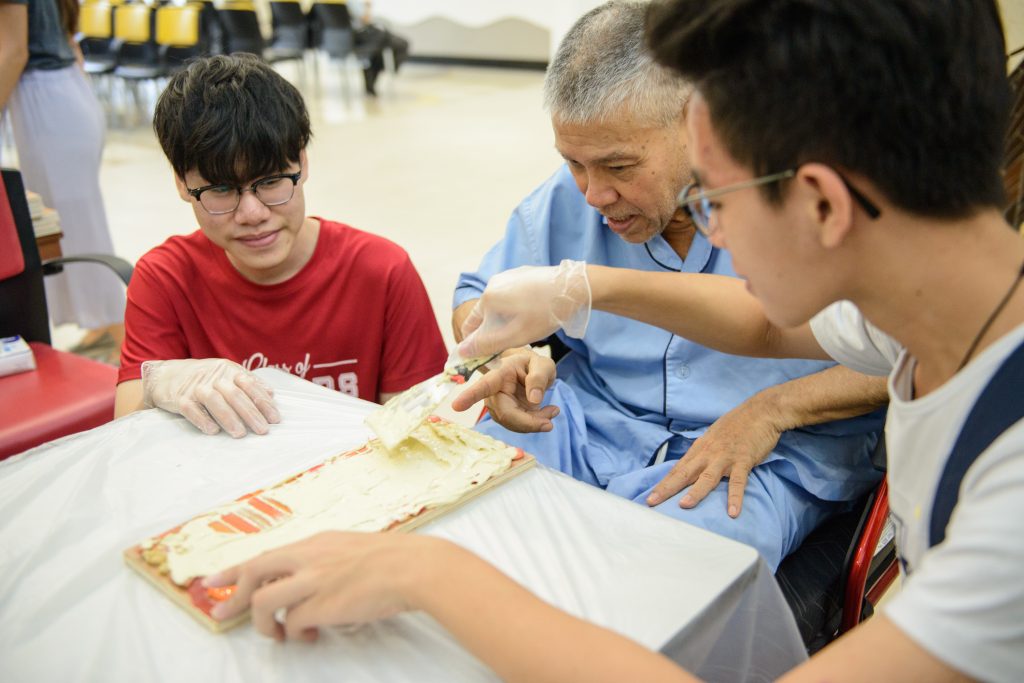
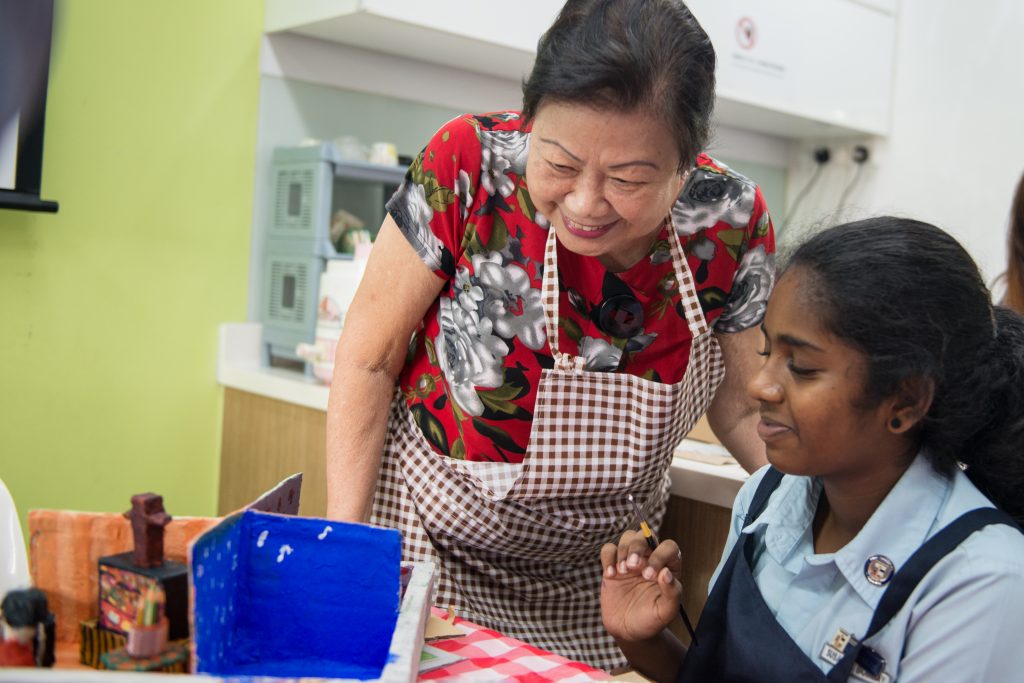
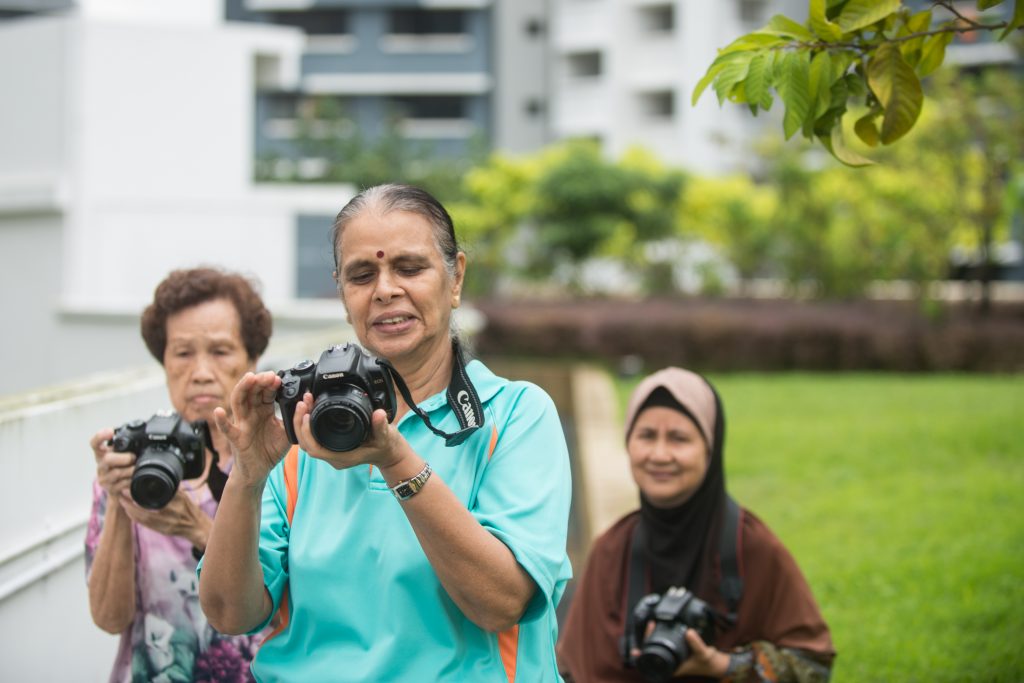
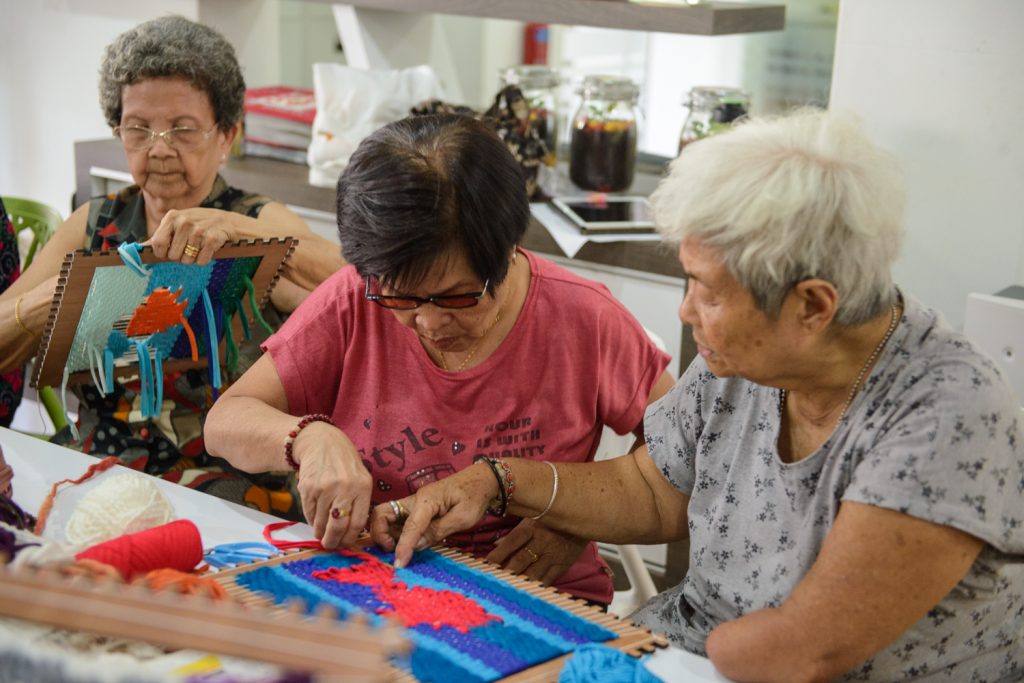
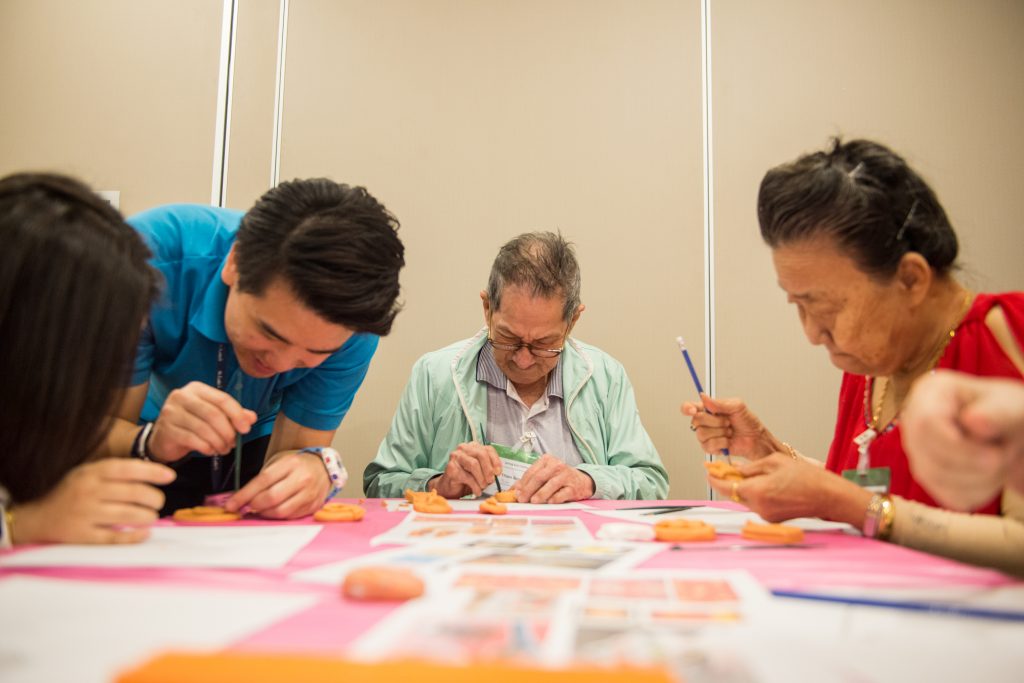
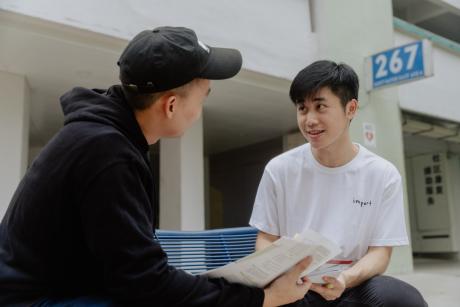



Comments